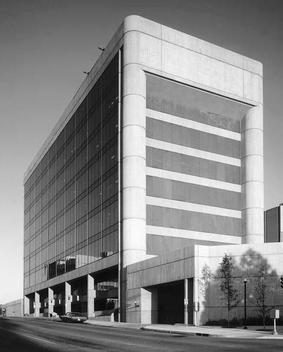Originally posted by NeOmega
They are built to be flexible, not to rigidly fall in onestraight downward motion.
What kind of acceleration?
Plus, what abot all the other buildings around the Twin Towers, how come they didn't even partially collapse? Was Silverstein just lucky/unlucky enough that 7 was hit hard, whilst all the other real estate all around was pretty much unscathed, nowhere near any structural damage?
They are built to be flexible, not to rigidly fall in onestraight downward motion.
What kind of acceleration?
Plus, what abot all the other buildings around the Twin Towers, how come they didn't even partially collapse? Was Silverstein just lucky/unlucky enough that 7 was hit hard, whilst all the other real estate all around was pretty much unscathed, nowhere near any structural damage?
Secondly, when you mention that skyscrapers are built to be flexible and not rigid that actually doesn't contradict my point at all and I didn't mean to imply that skyscrapers are rigid. The point rather is that they are designed to deal with lateral loads far far smaller than their vertical loads.
And this is where acceleration comes in. If you want something to not fall essentially straight down you will need to accelerate it laterally with an acceleration that is at least an appreciable fraction of the acceleration of gravity or it's bulk won't appear to have gone anywhere apart from straight down. Since only negligible external forces are acting on the skyscraper when it falls (even if it's a fairly windy day) the only lateral forces acting on the building will be those lateral forces which are transferred from the vertical load. Since the designers only designed the buildings to deal with redistributing lateral forces that are a tiny fraction of the vertical forces when a large lateral force is encountered the structural components fail rather than transfering it and no large lateral acceleration can occur.




Comment